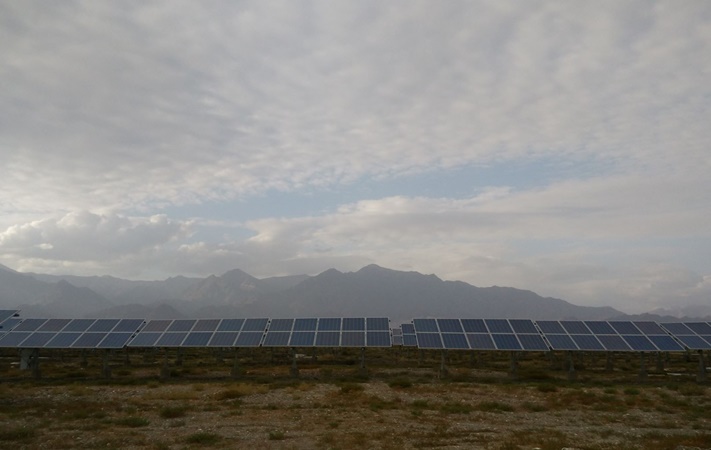NAT CAT Coverage for Renewable Energy Projects
Excess of Loss (XOL) coverage for renewable energy projects impacted by natural catastrophe, including severe convective storm.

NAT CAT Coverage for Renewable Energy Projects
Excess of Loss (XOL) coverage for renewable energy projects impacted by natural catastrophe, including severe convective storm.

Mitigating risk where the skies get rough
As the frequency and severity of natural catastrophes (NAT CAT) continue to climb, the renewable energy sector faces growing exposure to severe convective storms (SCS), specifically affecting utility-scale solar projects that generate power at a commercial level and feed it directly into the grid. Hail, wind and other storm-related perils can cause major damage and prolonged downtime.
NARDAC, a specialist energy and infrastructure MGA, brings clarity to the chaos and helps you weather the storm.
We offer dedicated Excess of Loss (XOL) insurance coverage designed to provide robust protection for operational and construction-phase solar projects impacted by severe convective storm and other named natural-catastrophe perils.
Why It Matters
Solar sites are particularly vulnerable to natural catastrophes. And when damage hits, rebuilding takes time. Outages and delays can stretch well beyond a year. Our renewable energy natural catastrophe insurance program includes Business Interruption (BI) and Delay in Start-Up (DSU) coverage, helping insureds manage long-tail financial impact with confidence.
Program Highlights
- Excess of loss coverage. Tailored protection for named NAT CAT perils, including hail and wind
- Robust financial protection. Includes both business interruption and delay in start-up
- Scalable to your risk profile. Open to all attachment points excess of $10M
- Project flexibility. Designed for both single-site and portfolio solar projects
- Trusted security. Backed by AM Best “A”-rated, non-admitted London and Lloyd’s markets
Target clients
- Utility-scale renewable energy projects in the contiguous United States.
- Open to both portfolios and single sites.
Renewable energy NAT CAT insurance program key details
Availability
- Open to projects in all 50 states
Limits
- Up to $20M of CAT limit per placement.
Carrier
- AM Best “A” rated
- Non-admitted
Submission requirements
- Schedule of values
- Site locations
- Definitions of covered perils
Contact Us
Resources + articles
Stay up-to-date on emerging industry trends and topics.

